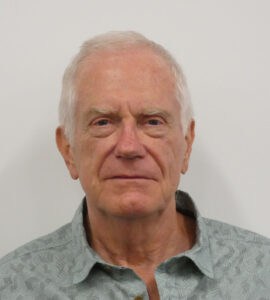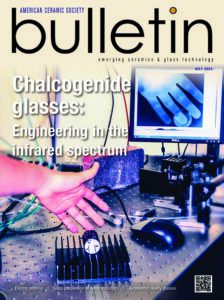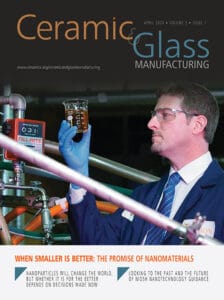
Roger Pynn is a Professor of Physics at the University of Indiana in Bloomington. He obtained his M.A. (1969) and Ph.D. (1969) degrees from the University of Cambridge in England as a member of Trinity College. From 1970 to 1975 he held postdoctoral positions at neutron research centers in Sweden, Norway and the U.S. In 1975 he joined the staff at the Institut Laue Langevin (ILL), the world’s foremost center for neutron scattering studies, located in Grenoble, France. His research there focused on structural phase transitions and low-dimensional magnetism as well as the use of polarized neutrons for scattering studies. In 1987, Pynn joined Los Alamos National Laboratory (LANL) as the Director of the Manuel Lujan Neutron Scattering Center. Over the following 13 years, he held a series of management positions, becoming Director of LANSCE Division in 1997. After stepping down from management in 2001 he spent 3 years at UCSB, working to expand collaborations between LANL and the University of California campuses and on restarting a personal research program. In 2005 he retired from LANL and moved to the Physics Department at Indiana University in Bloomington with a joint faculty appointment at Oak Ridge National Laboratory. His current research involves the development of new methods for neutron scattering and the use of these methods to study soft matter at the nanoscale. He is a Fellow of the American Physical Society, the American Association for the Advancement of Science and the Neutron Scattering Society of America and a winner of the Gunnar Randers Research prize.
Title: Some Lessons from an almost 60-year Career playing with Neutrons.
I have been extremely fortunate to have collaborated with many talented individuals during
my career and they have taught me many valuable lessons, some of which I will try to share
in this talk. A large part of my research career involved polarized neutrons: for example, the
development of polarized-neutron triple axis spectrometers for inelastic scattering and the
construction of magnetic Wollaston prisms. Both projects have led to new science and
were facilitated by many people with complementary skills. Several years in the middle of
my career were spent in management, which involves a whole diQerent set of skills and
experiences. As Mark Twain said, “A man who carries a cat by the tail learns something he
can learn in no other way”. One could say the same about science administration. My
attempts to teach neutron scattering led me to a diQerent group of talented individuals –
artists, writers and editors – who helped me enormously. Now, at the end of my career I’m
having fun trying to learn from my theorist friends about really esoteric stuQ – quantum
entanglement — which may yet be important to neutron scatterers. I will try to explain why I
think so and briefly touch on some of our recent results, one of which confirms for neutrons
an eQect that Sir Isaac Newton apparently hypothesized for light that is now called the
Goos-Hänchen eQect.
Subscribe to Ceramic Tech Today

Don’t miss the latest ceramic and glass materials news. Receive the CTT newsletter to your email three times a week by subscribing at this link.
Subscribe to Ceramic & Glass Manufacturing Weekly

Don’t miss the latest ceramic and glass business news. Receive the C&GM Weekly newsletter to your email every Monday by subscribing at this link.


